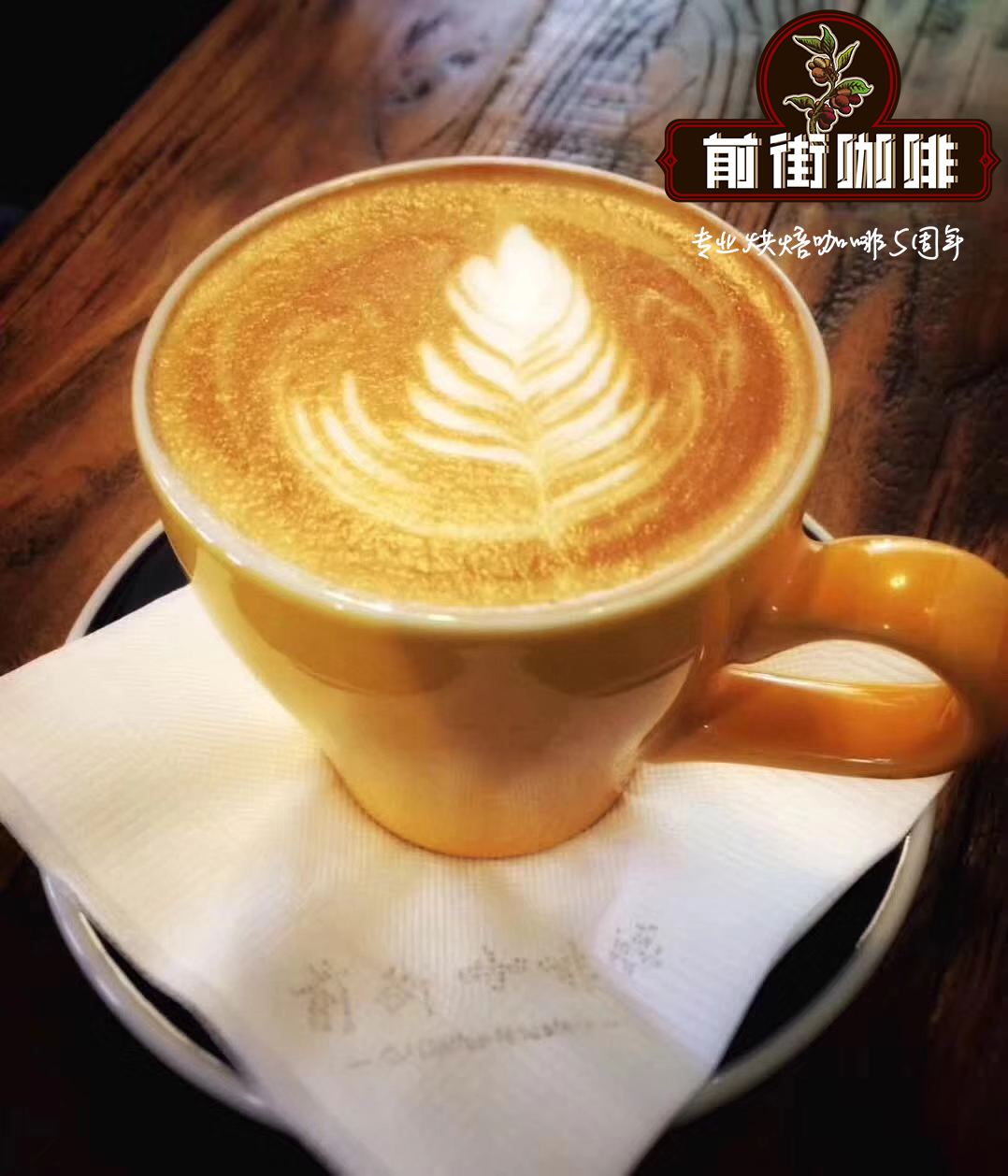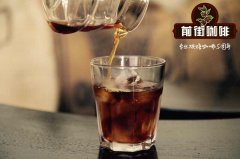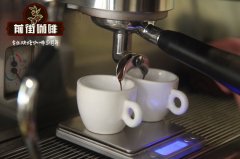What kind of coffee tastes good in Australia? is Australian coffee expensive? Australian coffee brand recommendation

Professional coffee knowledge exchange More coffee bean information Please pay attention to coffee workshop (Weixin Official Accounts cafe_style)
If the first wave of coffee refers to the drip-filtered, low-quality Robusta coffee that emerged in 1945 after World War II, the second wave refers to mass-produced, higher-quality espresso and Arabica beans sold in supermarkets, and now the third wave of coffee is in full swing, with many Australia coffee roasters, coffee experts and baristas participating to share their pursuit of the highest quality coffee with consumers. Spreading the expertise involved in turning coffee from fruit to cup.
According to statistics, milk-based coffee accounts for 93% of Australia's outdoor consumer market (OOH, Out of Home). It has become an indisputable fact that Australia people like to drink milk-based coffee. The fascination with milk-based coffee has also created four world flower art competition champions from Australia in the past 10 years: Caleb Cha, ConHaralambopoulos, Scott Callaghan and Jack Hanna. Although the new varieties of coffee rising with the "third wave of coffee" account for only 7%, the popularity trend of black coffee is unstoppable.
In a recent cafe survey published by Cafe Pulse, we can see that more than 800 cafes have added new varieties of black coffee to their menus. The most popular brewing method in 2017 can be determined that Australia's demand for brewing methods other than espresso is increasing, and roasters are therefore introducing more varieties of specialty coffee beans to meet the needs of consumers. Cold brewed coffee is made from beans that are very different from drip or espresso coffee. As we can see from the table above, many cafes have introduced brewing methods other than the usual methods, such as the new Brewer and Trinity coffee pot.
In order to meet the requirements of the "third wave of coffee" for excellence in the production process, according to statistics, 37% of Australia cafes have chosen the way of coffee grinding to ensure the freshness of coffee. Australia's data on the proportion of freshly ground cafes shows that there are an average of 3 grinders in ordinary commercial cafes, compared with 5 grinders in boutique cafes, of which 47% purchase separate grinders specifically for single or freshly ground demand. Interestingly, some boutique cafes regularly change the type of single-origin coffee, or even offer multiple varieties of single-origin coffee for customers to choose from, the proportion of such cafes reaches 13.5%, while the proportion of cafes that provide single-origin coffee from other origins is 5.8%.
Qianjie Coffee: Guangzhou's baking shop, small store but a variety of beans, can find a variety of famous beans, but also provide online store services. https://shop104210103.taobao.com
Important Notice :
前街咖啡 FrontStreet Coffee has moved to new addredd:
FrontStreet Coffee Address: 315,Donghua East Road,GuangZhou
Tel:020 38364473
- Prev

Australian Coffee Brand Daquan-does Australian Coffee produce Coffee? reasons for the Prosperity of Coffee Culture in Australia
For more information on coffee beans, please follow the coffee workshop (Wechat official account cafe_style) although Europeans brought coffee to mainland Australia in 1788, it was not until the 1950s that Australians first tasted the authentic espresso (Italian espresso). At that time, Melbourne was big.
- Next

The difference between Australian Coffee and Chinese Coffee _ what are the characteristics of the best coffee brands in Australia
Professional coffee knowledge exchange more coffee bean information Please follow the coffee workshop (Wechat official account cafe_style) over the past 20 years, the coffee industry has developed rapidly around the world. I have had the privilege of experiencing the development of the Australian coffee industry in the past six years. Now that I have some experience, let's take a look at the coffee industry in China. There are some simple ideas. I come from
Related
- What documents do you need to go through to open a coffee shop? coffee shop coffee shop certificate processing process
- How to purchase Coffee beans in small Cafe how to choose a suitable supplier for domestic Coffee supply Company
- How to drink Starbucks Fragrance White Coffee? how to make Australian White Coffee? what Italian coffee beans are recommended?
- The Story of Flora Coffee: the name of Flora Coffee Bean and the implication of the Flowers on Florna Coffee
- How much does a cup of coffee cost? How much is the profit of a cup of coffee? What is the profit of the coffee shop in a year?
- Yunnan small Coffee, known as "fragrant Coffee", introduces the characteristics of Alpine Arabica Coffee producing areas in Yunnan, China
- 2023 latest Starbucks full menu price list how much is a cup of Starbucks coffee what is better to drink the most popular hot and cold drinks recommended
- Starbucks different kinds of Coffee Price list Starbucks menu 2023 Top Ten Best drinks in Starbucks
- Starbucks Spring praise Comprehensive matching Coffee Bean theme Story Packaging implication and taste description
- The cost of a cup of coffee latte American coffee cost price and selling price

